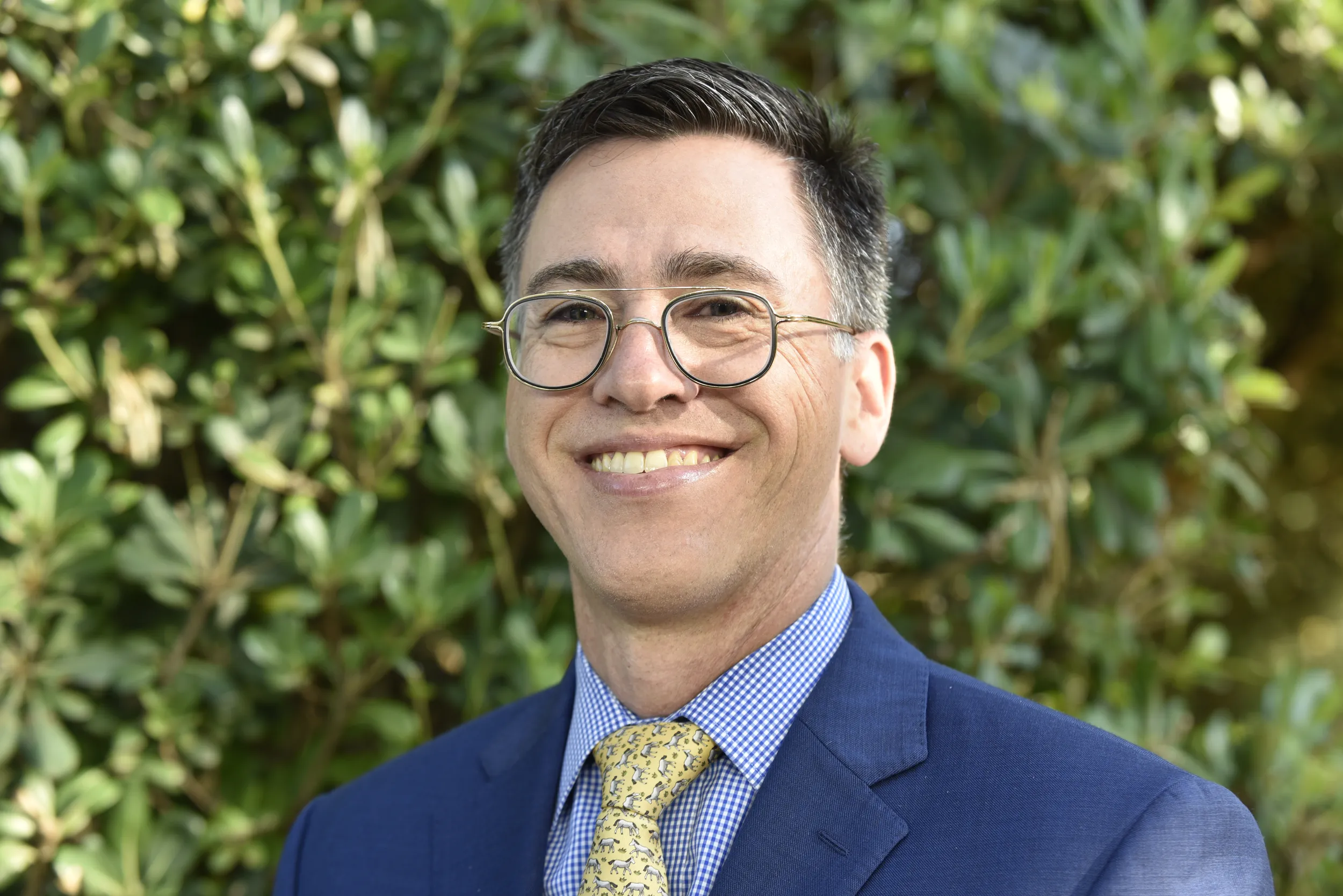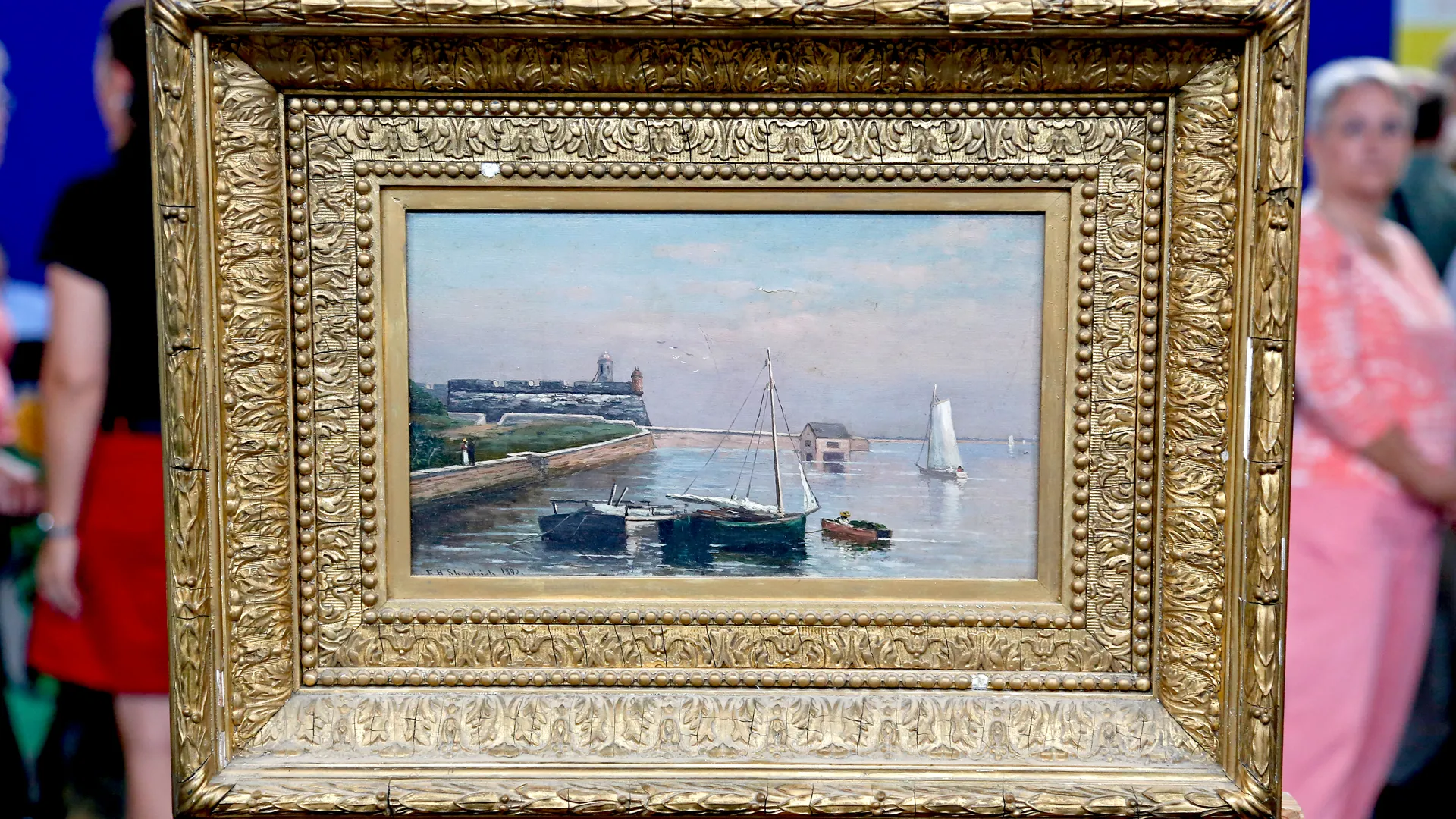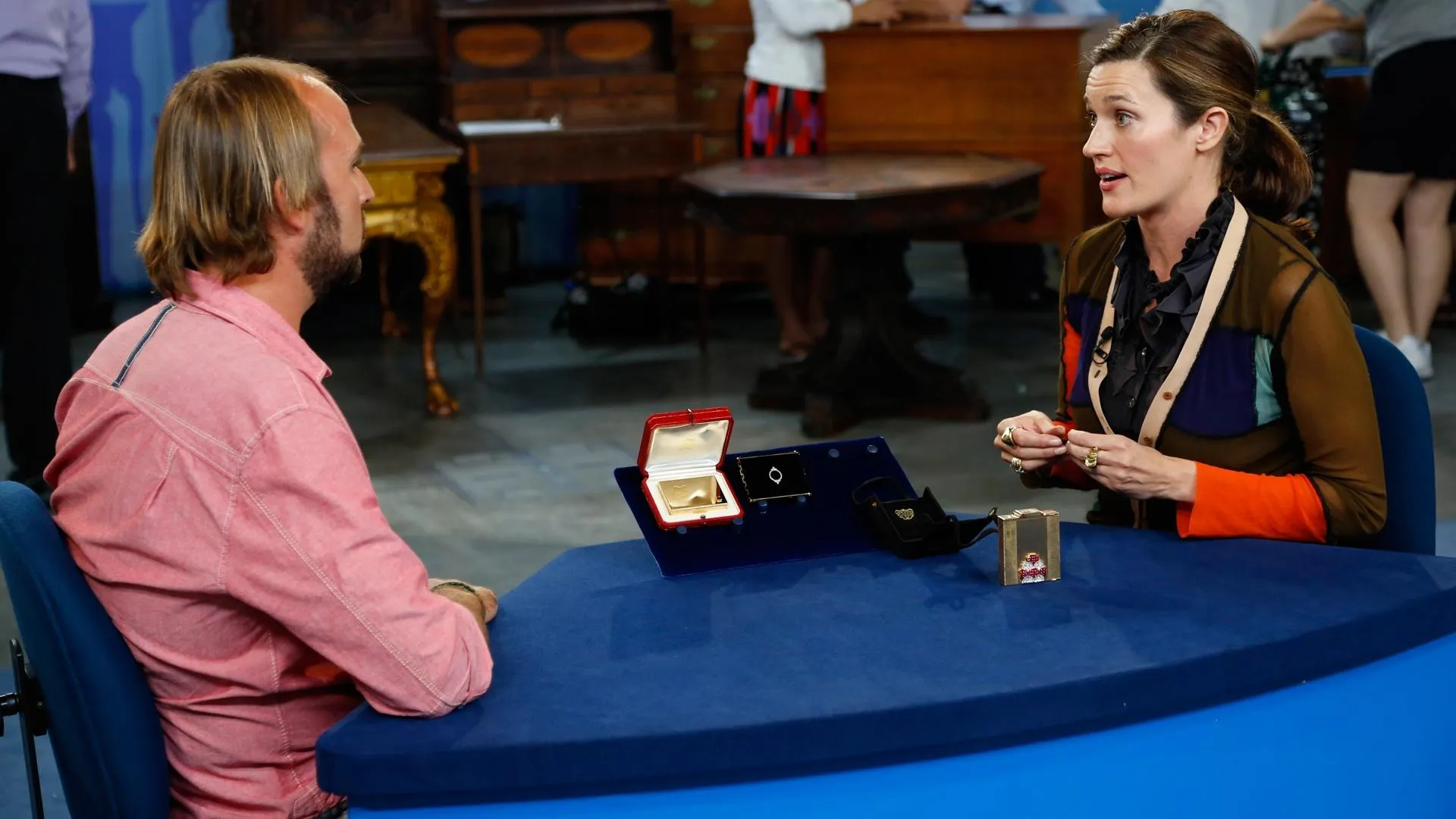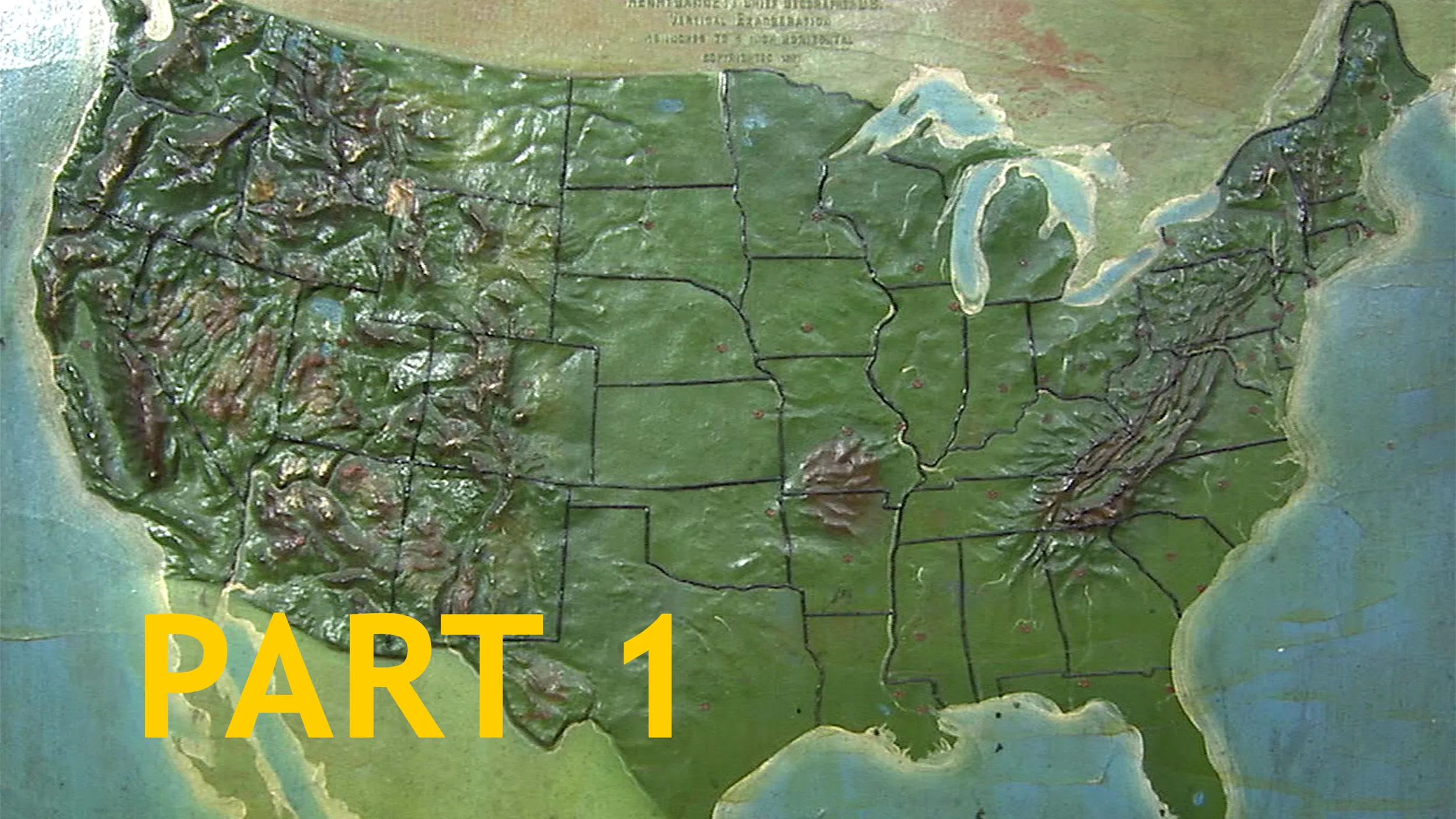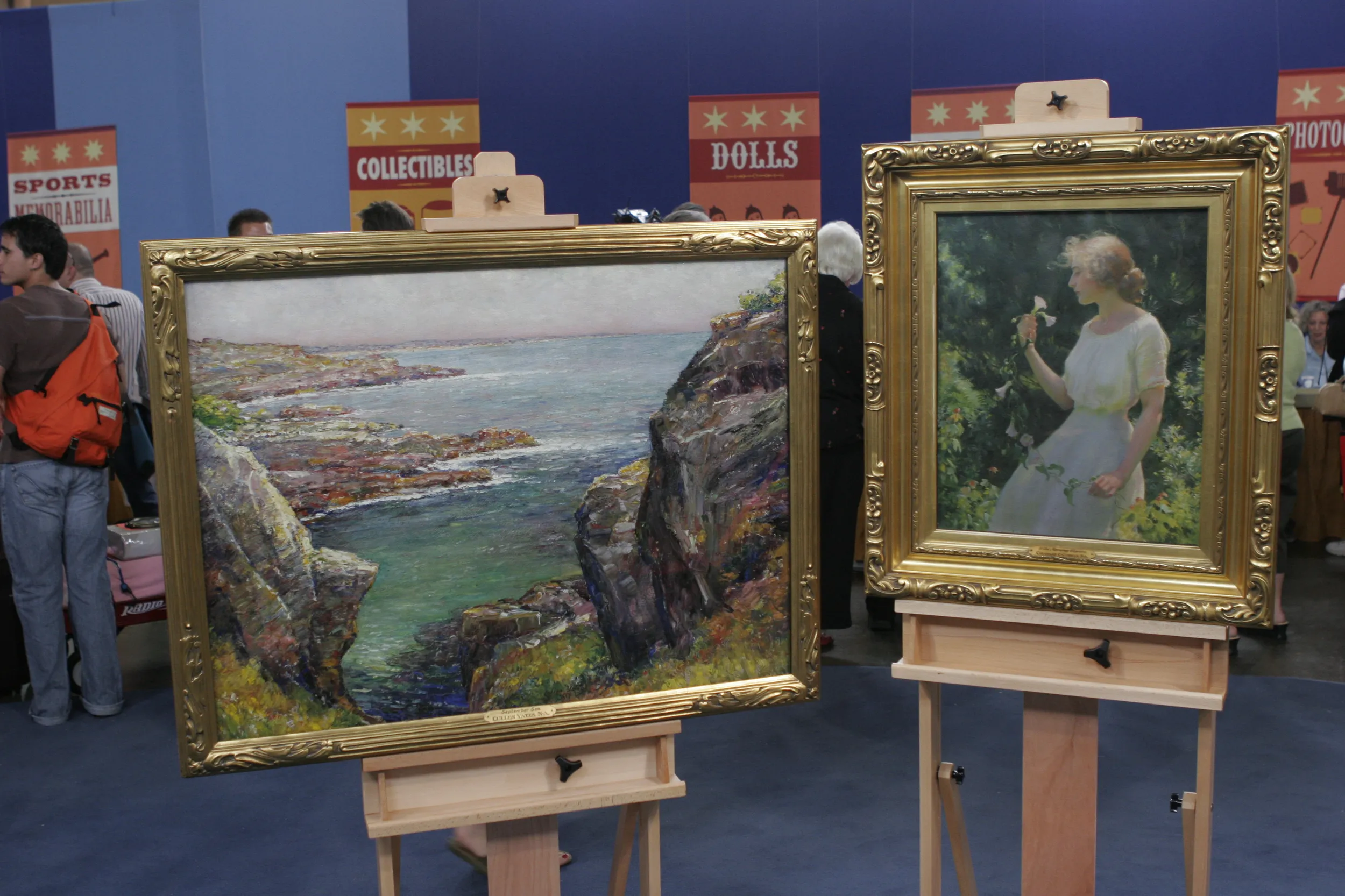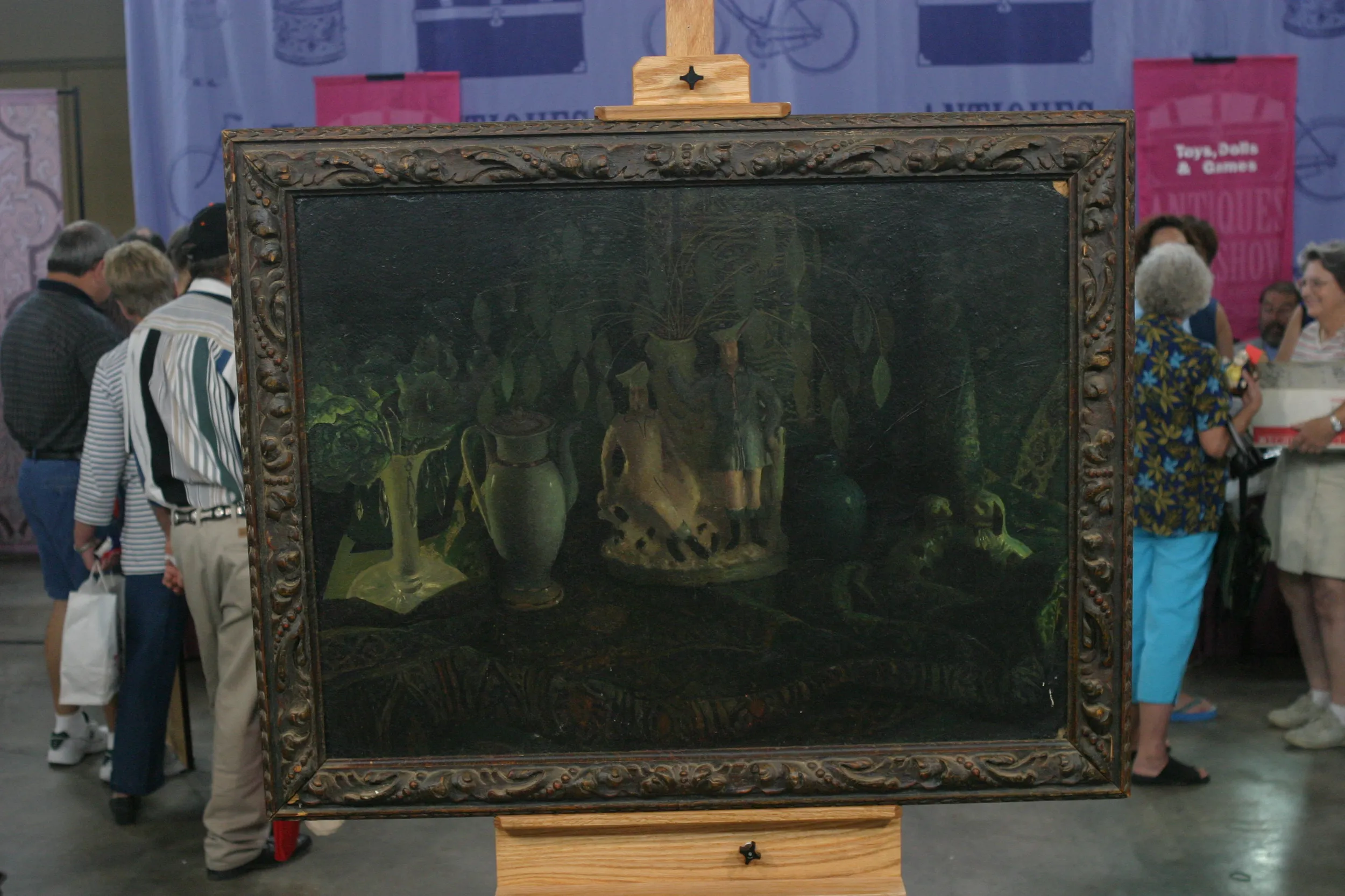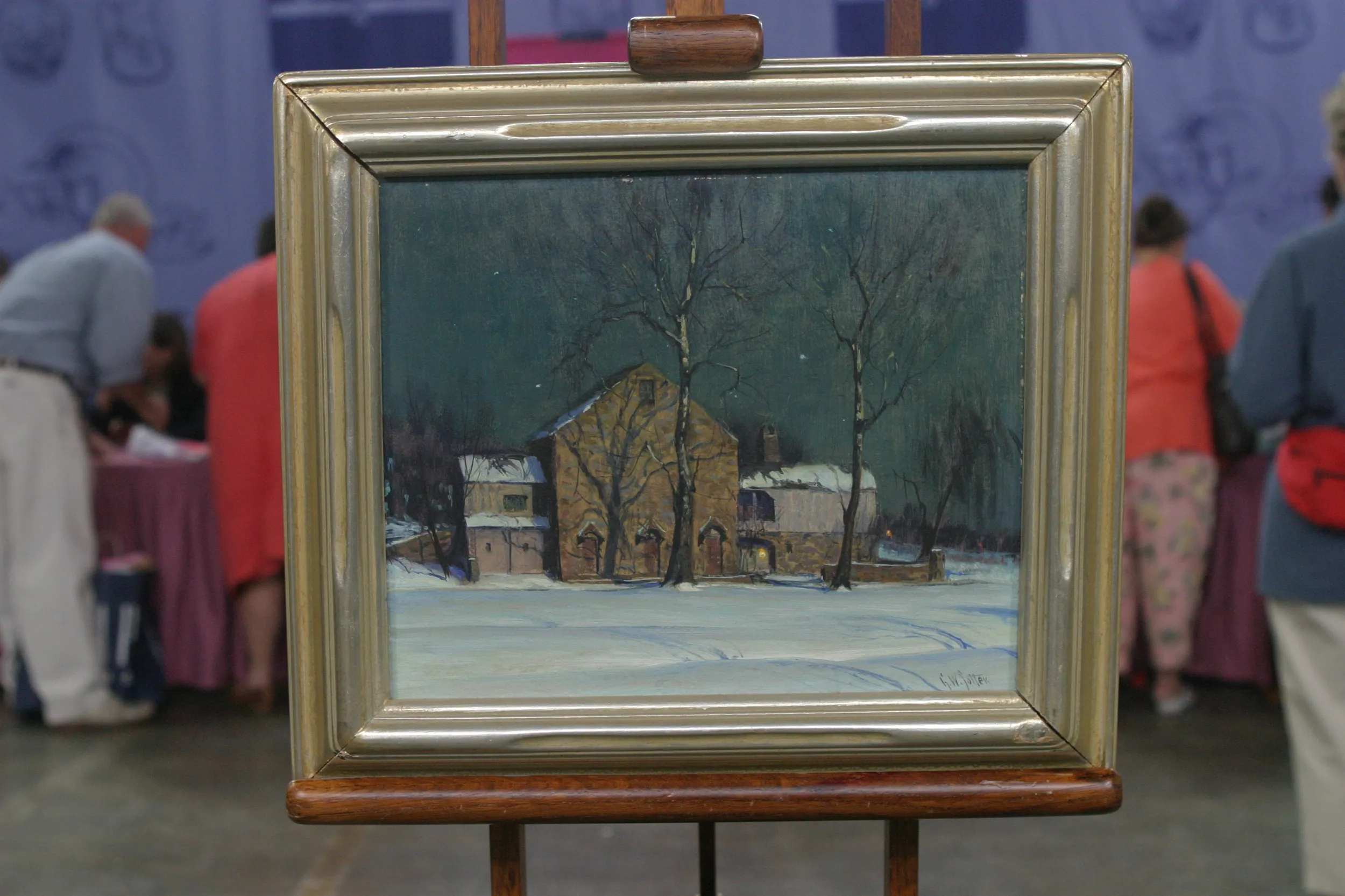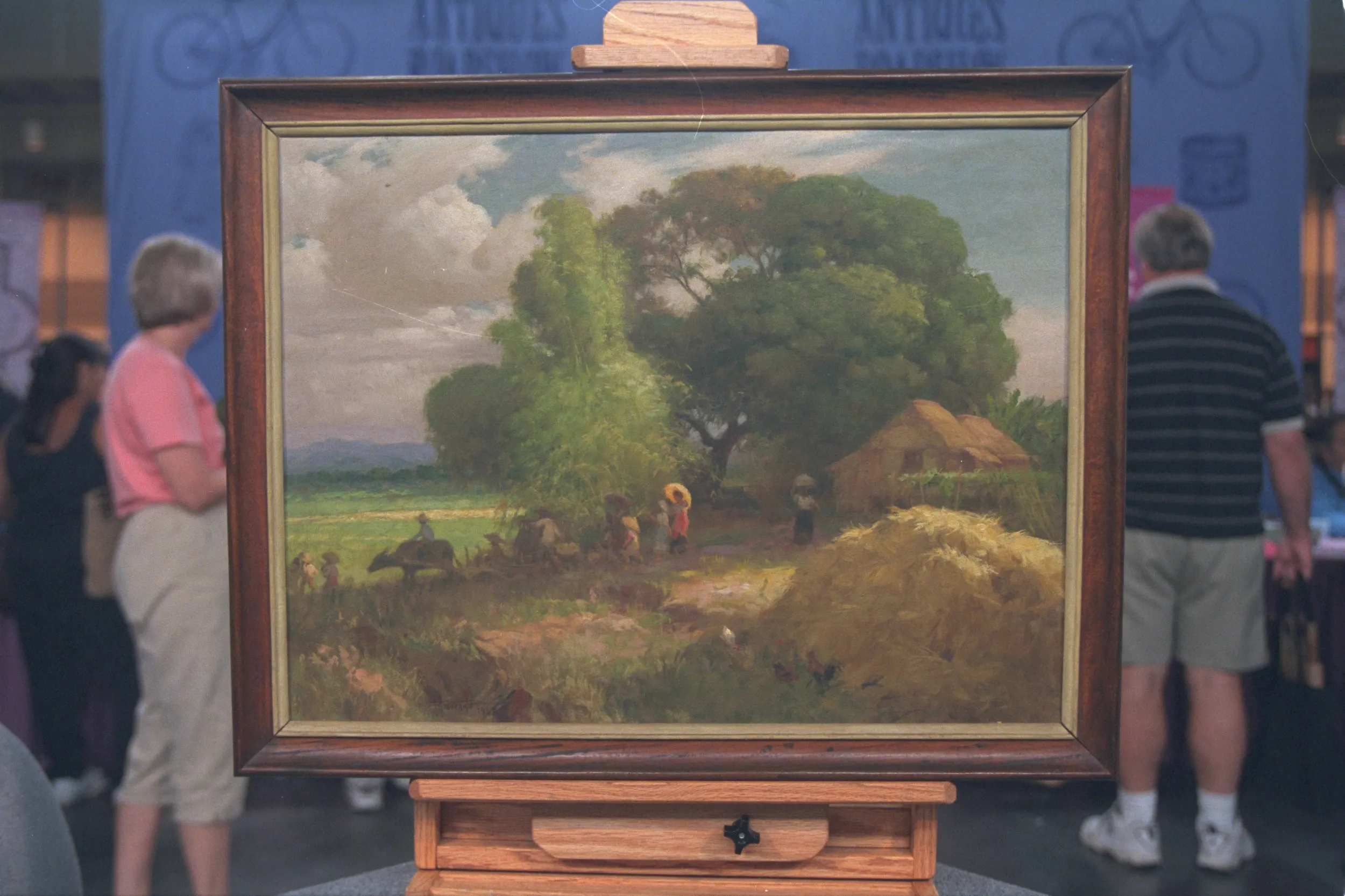GUEST: My mother bought it because of the frame. She thought it had a lovely frame. She bought it from a gallery in Knoxville, Tennessee, and that's all I know.
APPRAISER: Do you know about when she might have purchased it?
GUEST: Oh, probably 60 or 70 years ago.
APPRAISER: And how long have you had it?
GUEST: Oh, 30 years at least.
APPRAISER: And where has it been in the house?
GUEST: On a wall in the hall.
APPRAISER: It's by an artist named Frank Henry Shapleigh, and executed in oil on canvas. Where had you surmised it was?
GUEST: My mother told me it was Charleston Harbor, and having visited Charleston, I didn't think Charleston Harbor quite looked like that, but...
APPRAISER: Well, it's a place called Fort Marion in St. Augustine, Florida.
GUEST: Oh. Hmm.
APPRAISER: That fort was built by the Spanish. It started in 1672. It's one of the oldest buildings in America. And Shapleigh started in Boston. He took training there, then he fought in the Civil War for the Union. And then he was off to France, did some more training, then back to New Hampshire, where he's mostly known for White Mountain scenes, Mount Washington.
GUEST: Oh, okay.
APPRAISER: But the important thing about this picture is that, from 1877 to 1894, he was in St. Augustine. So you said your mother liked it because of the frame.
GUEST: The frame, that was the reason she bought the picture.
APPRAISER: I'm afraid your mother was dead wrong on that one.
GUEST: Oh, my God. (laughter)
APPRAISER: So this is what we would call a molded composition frame.
GUEST: Oh.
APPRAISER: It's not actually carved. It's made out of compo. And it's not actually gold, it's metal leaf. And the frame has absolutely zero impact on the value of the work.
GUEST: Well, I'm surprised.
APPRAISER: At auction right now, I think an appropriate value would be $50,000 to $70,000.
GUEST: Really? I'm surprised, shocked. (laughing) I may take it off the wall in the hall and put it out where I can see it more.
